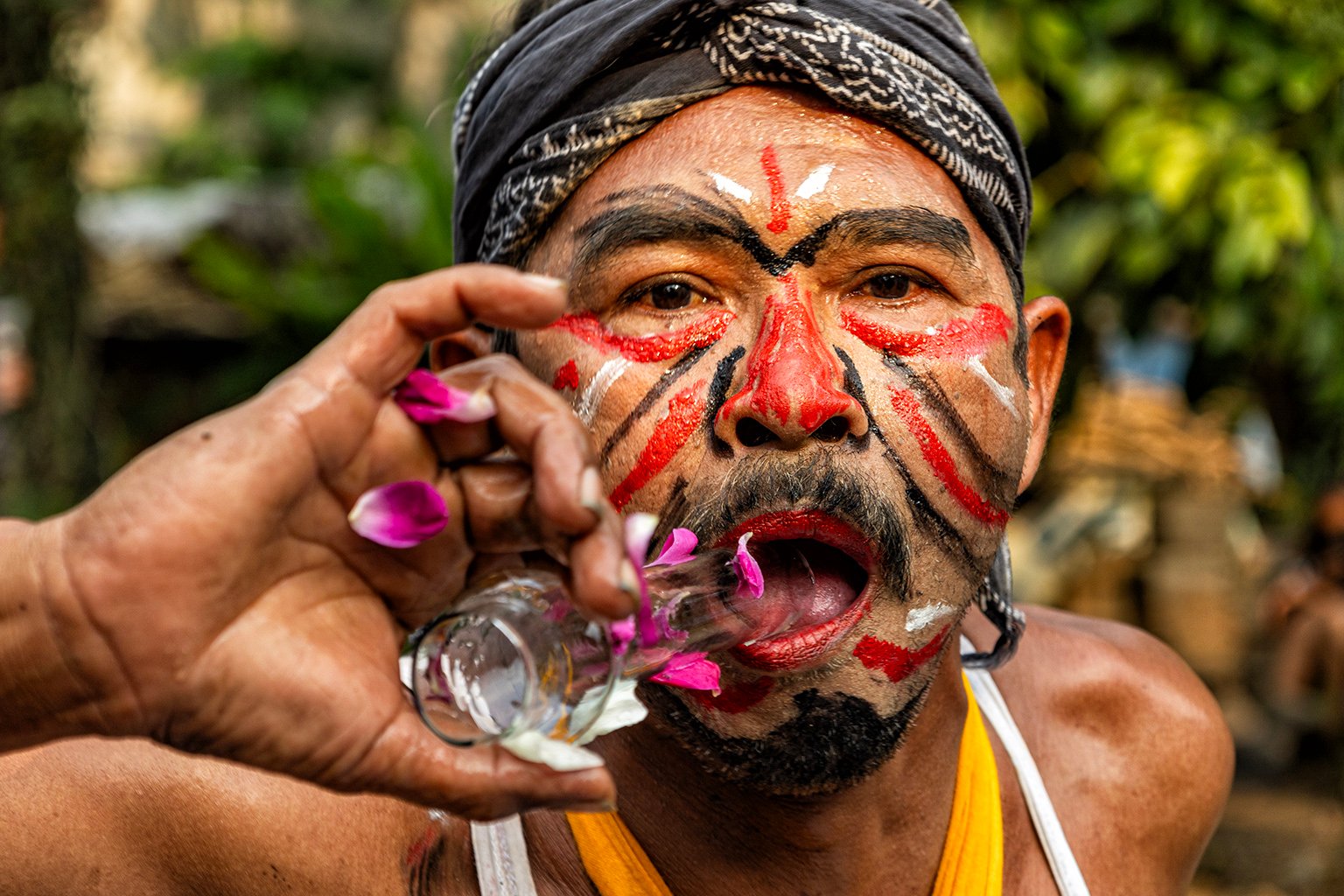JATILAN ART
Jatilan is a dance tradition originating from Java, Indonesia. This dance is also known as kuda lumping, jaran kepang, or kuda kepang. Jatilan involves dancers using imitation bamboo horse props. This dance is often accompanied by gamelan music and has various meanings, including as a form of entertainment and a medium to unite the people in fighting the colonizers.
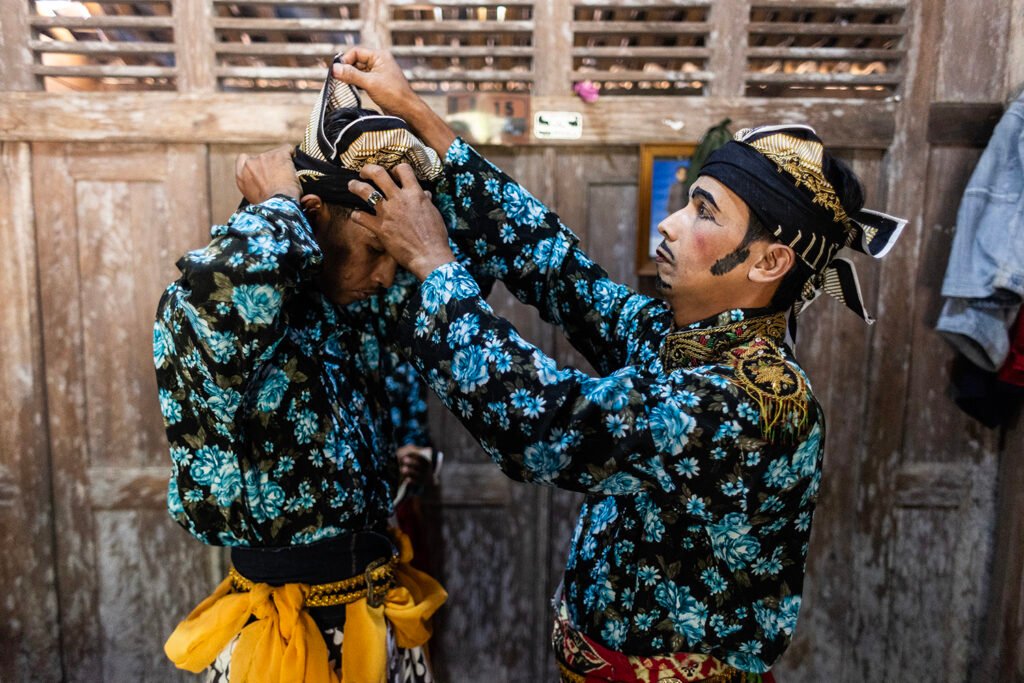
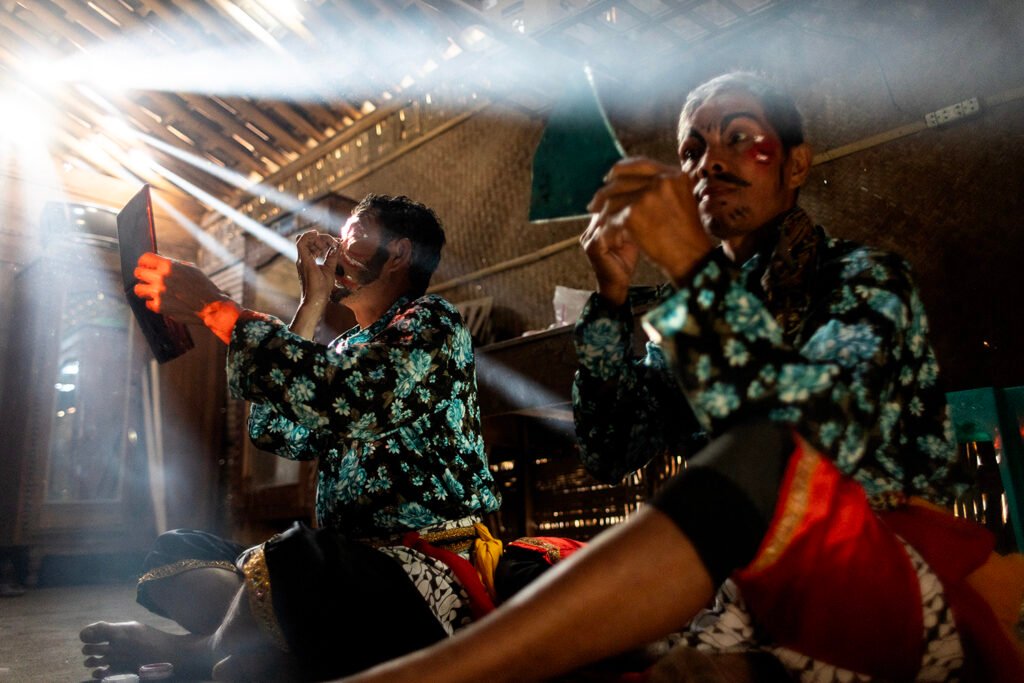
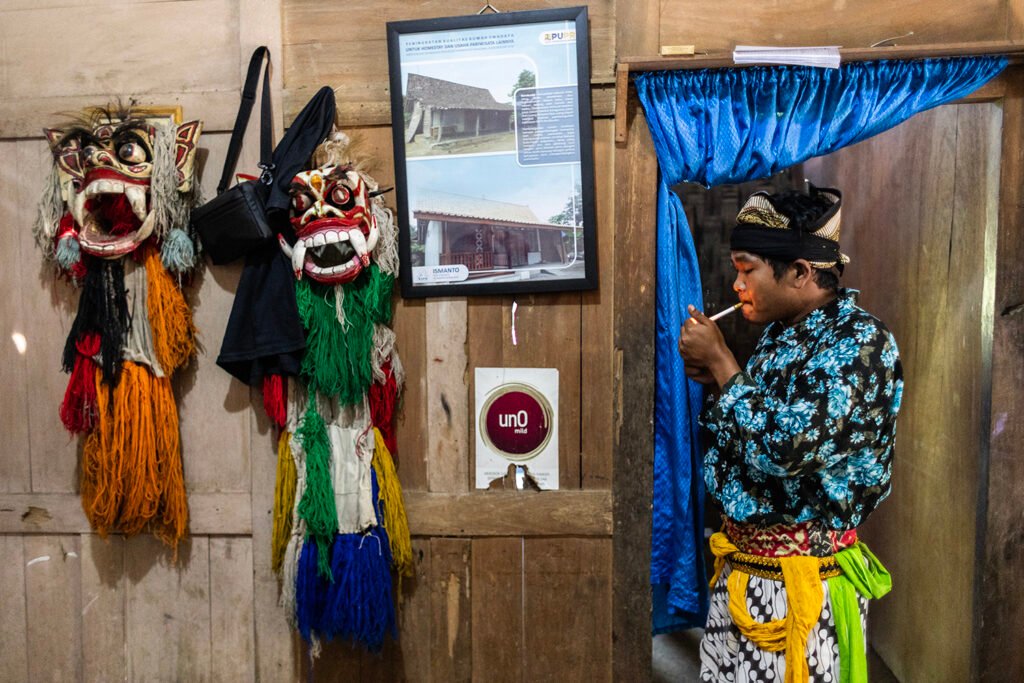
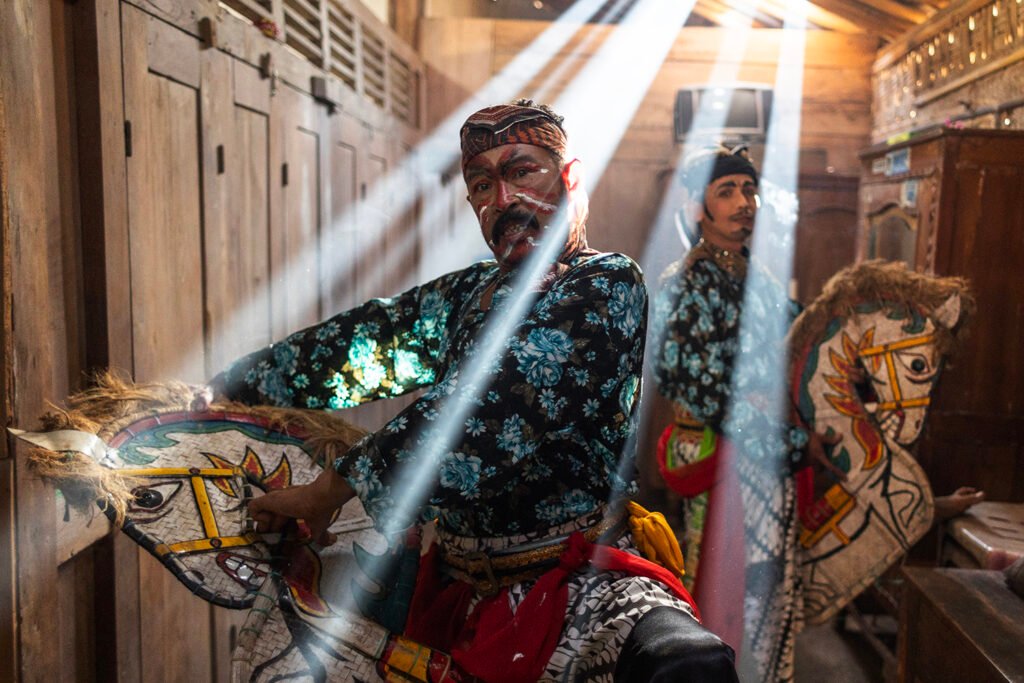
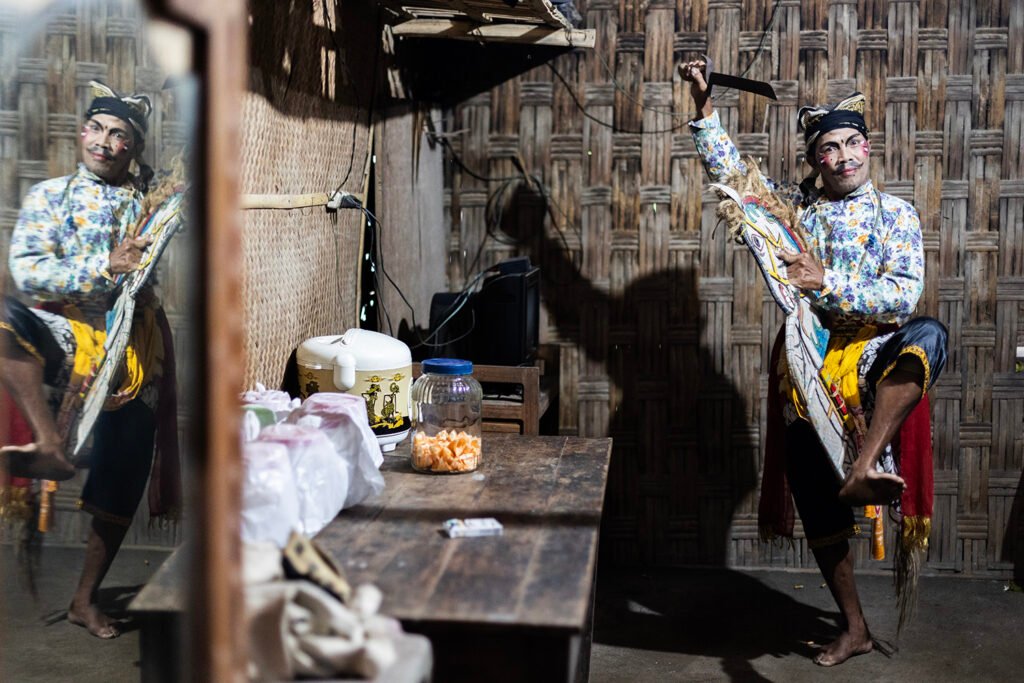

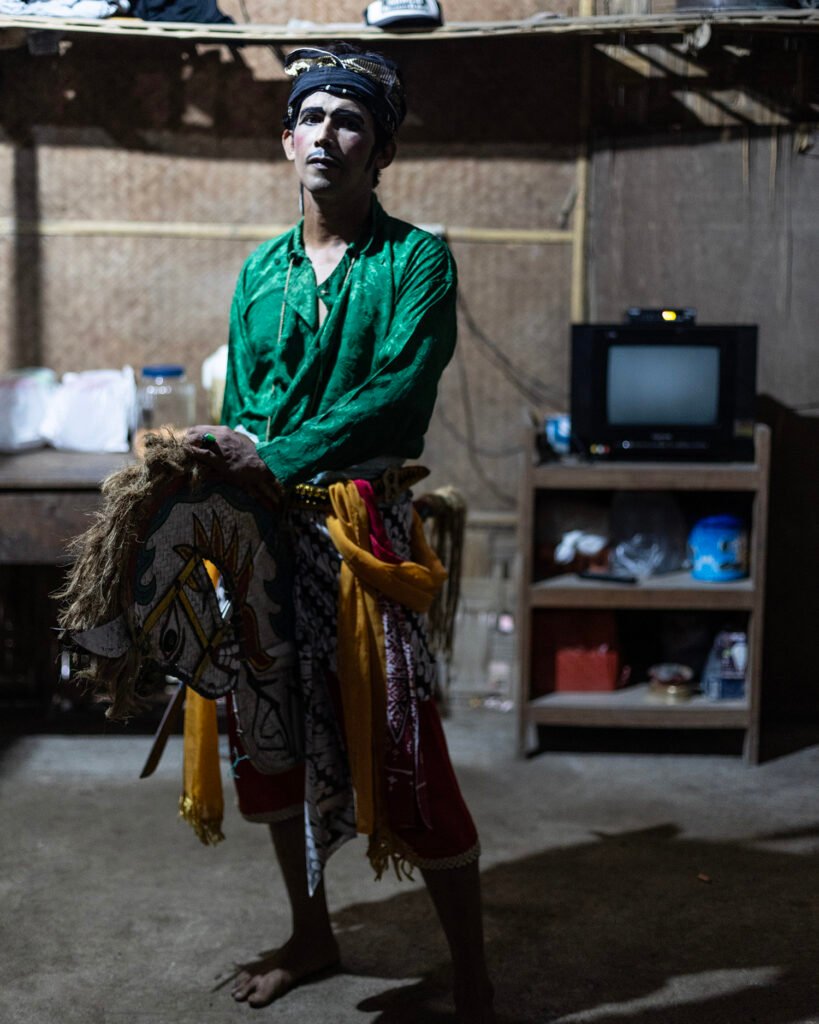
Origins
Jatilan was originally part of religious rituals and community activities related to respect for ancestors and supernatural powers. This dance is often danced by local soldiers or youths as a symbol of courage and strength. The main property used in jatilan is a fake horse made of woven bamboo, which depicts the horses ridden by soldiers in battle.
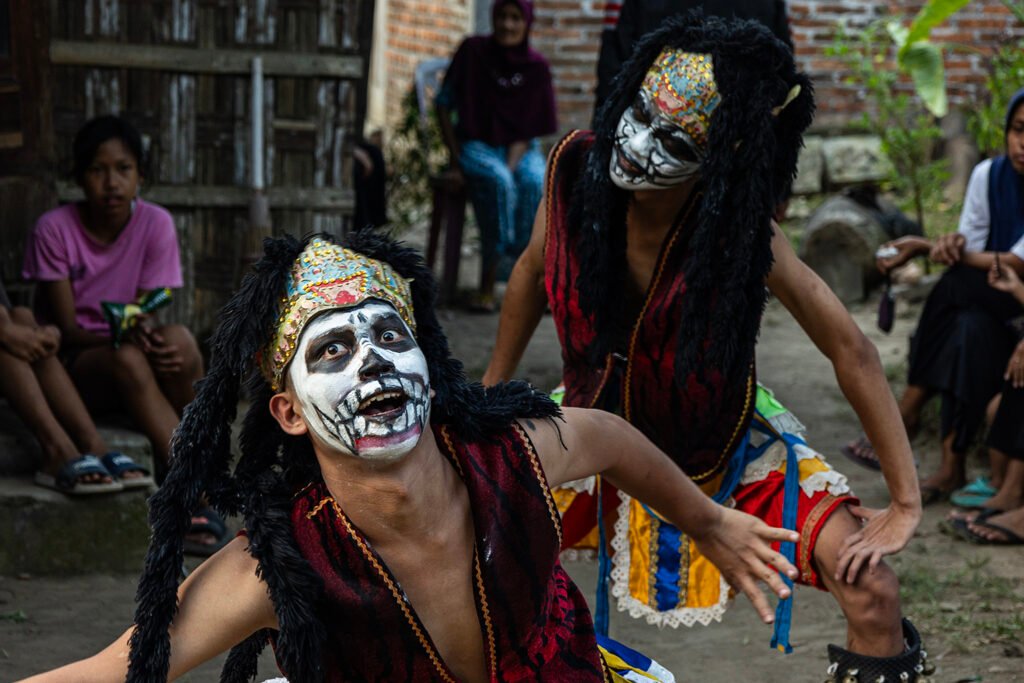
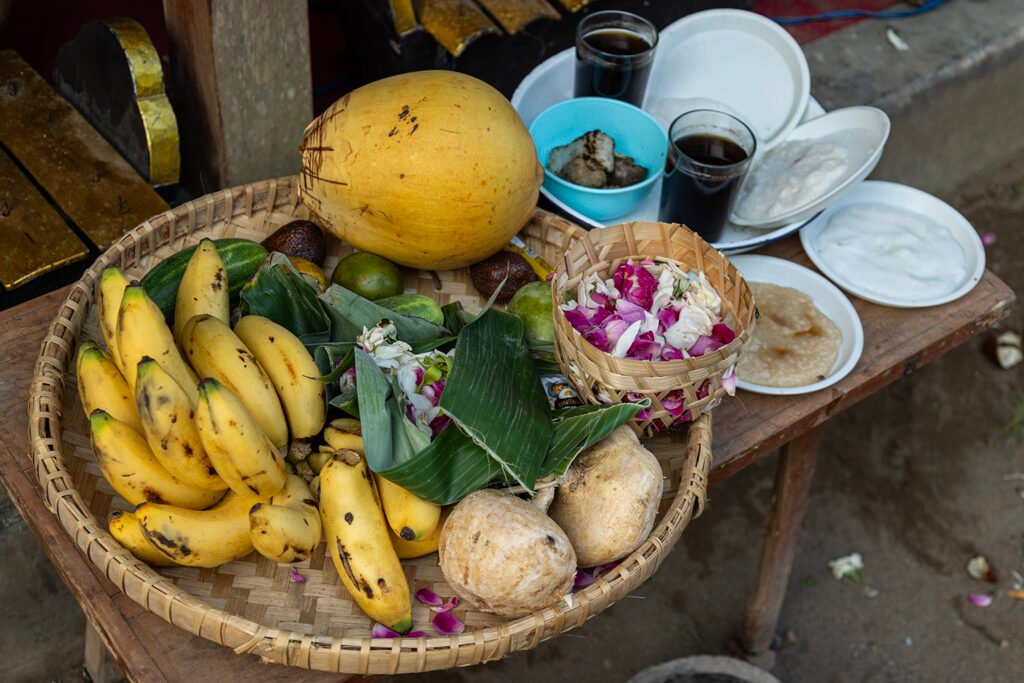

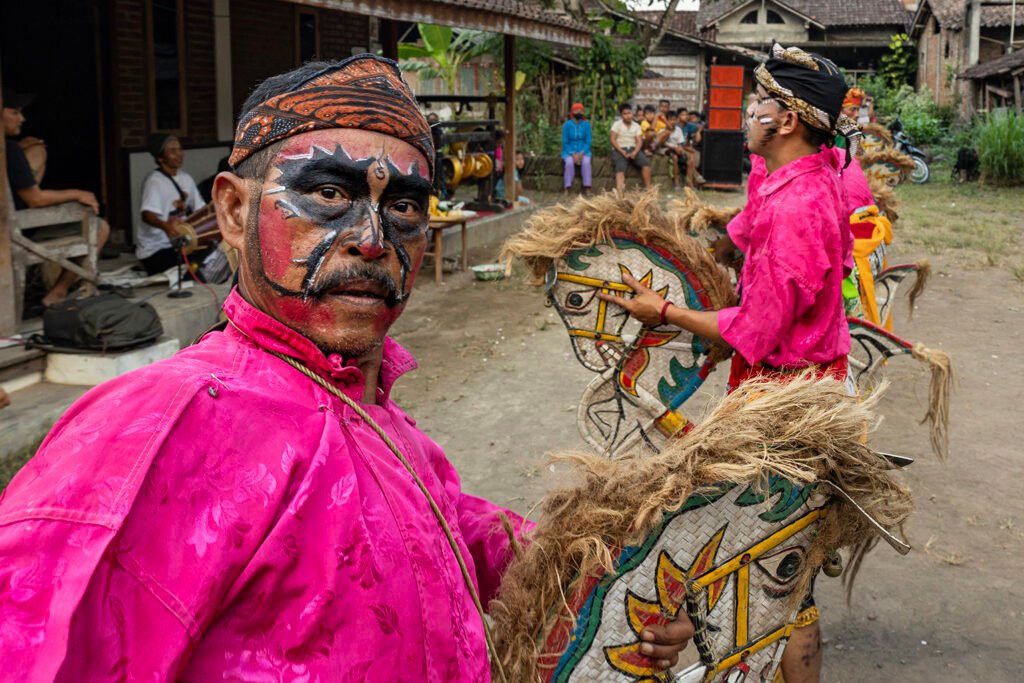
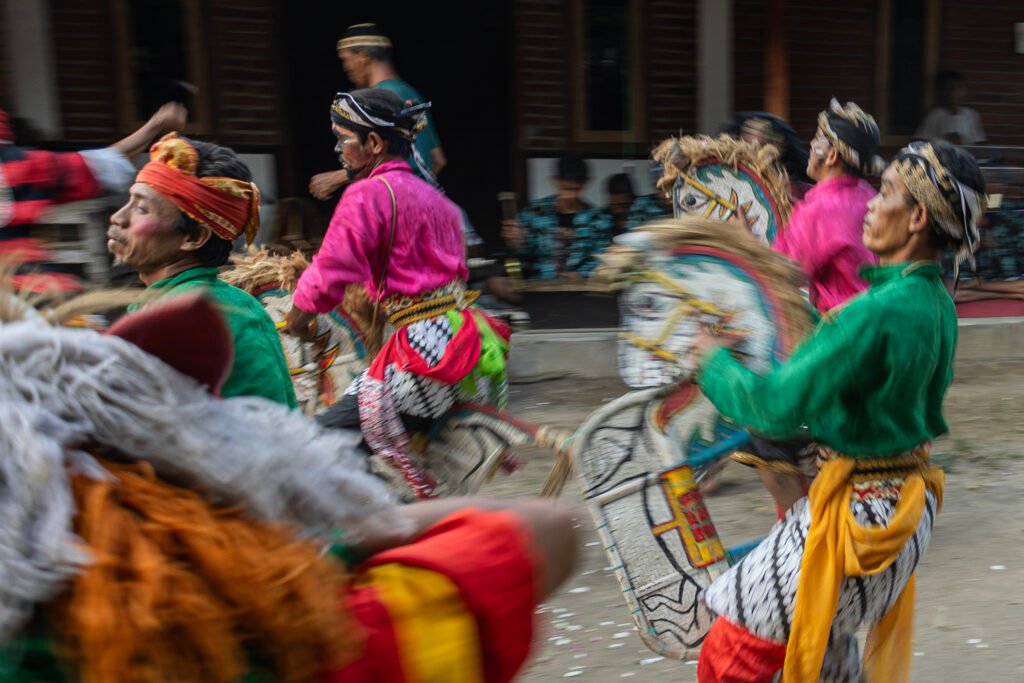
Meaning in Indonesian Culture
Jatilan has several important meanings in Indonesian culture, including:
- Symbol of Heroism: This dance symbolizes the courage and tenacity of soldiers in fighting the enemy, as well as the fighting spirit of the people.
- Religious Rituals: As part of religious rituals, jatilan is often used to ask for protection and blessings from the gods and ancestors.
- People’s Entertainment: Jatilan also functions as people’s entertainment that can unite the community in an atmosphere of joy. This performance is usually performed at various events such as village celebrations, traditional ceremonies, or folk festivals.
- Hereditary Traditions: Jatilan is part of a cultural heritage that continues to be preserved from generation to generation as a form of respect for the culture of our ancestors.
In the jatilan performance, dancers often enter a trance or possessed state, which is considered part of the influence of supernatural powers and ancestors. The gamelan music that accompanies this dance adds to the magical and amazing nuance of the jatilan performance.
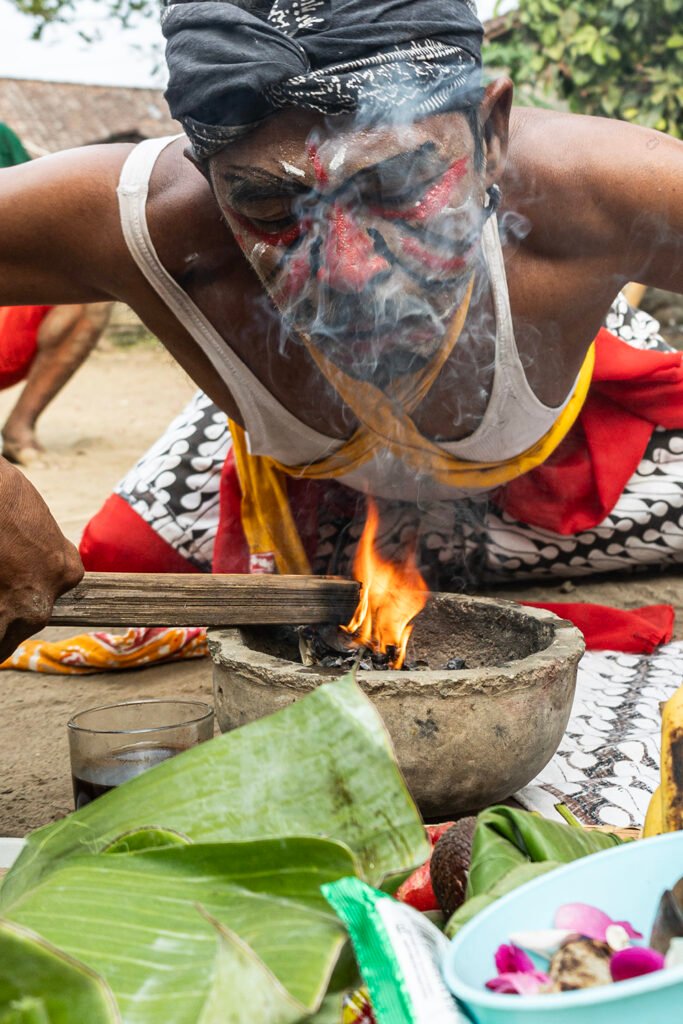
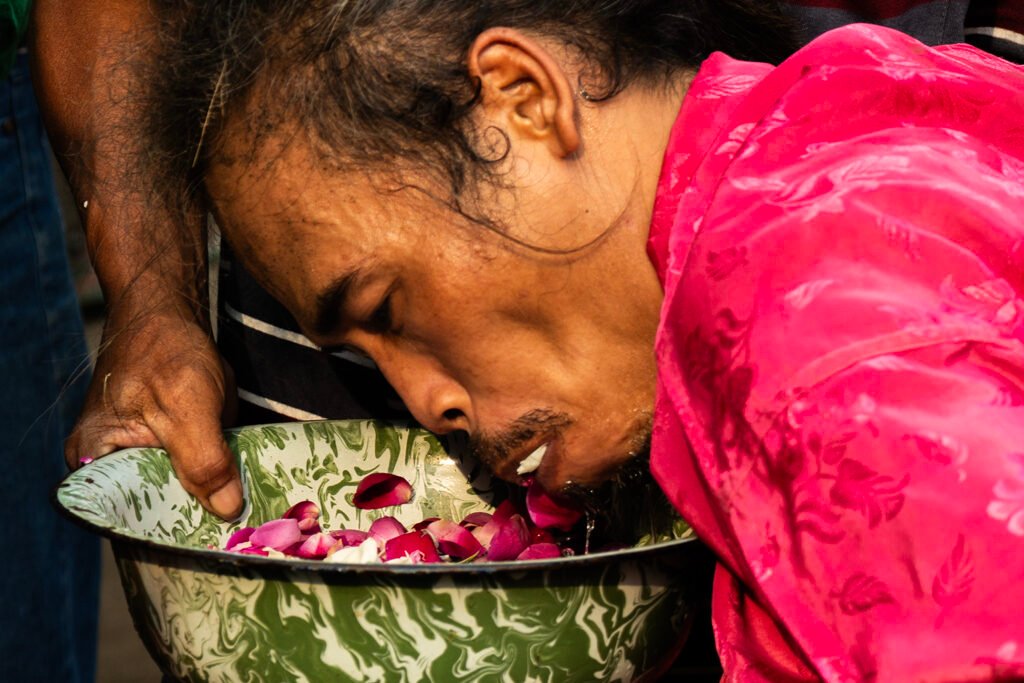

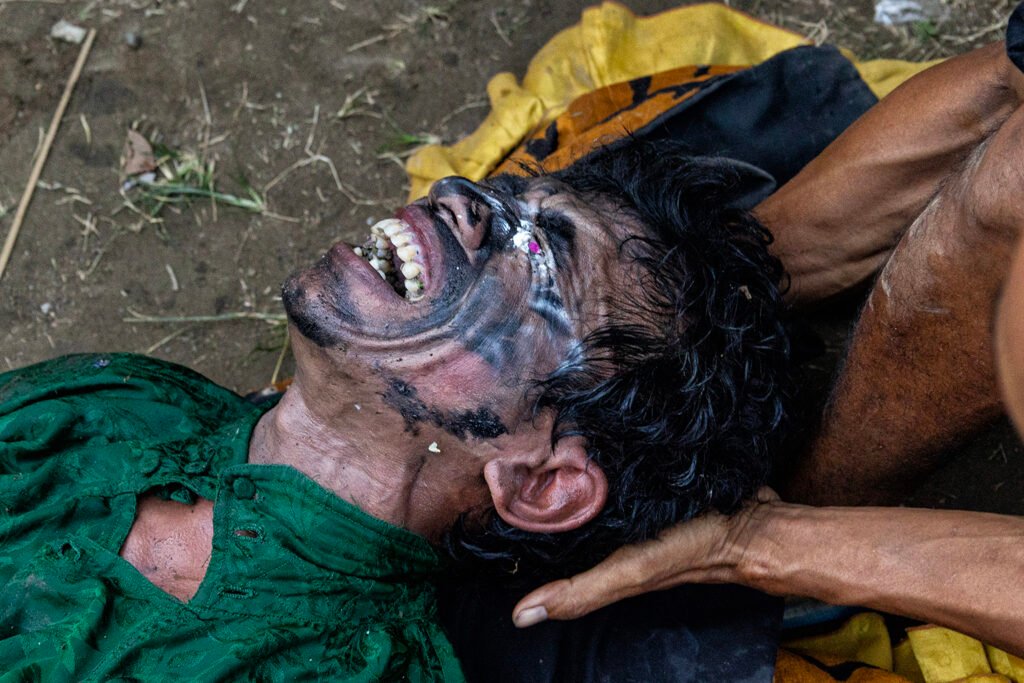
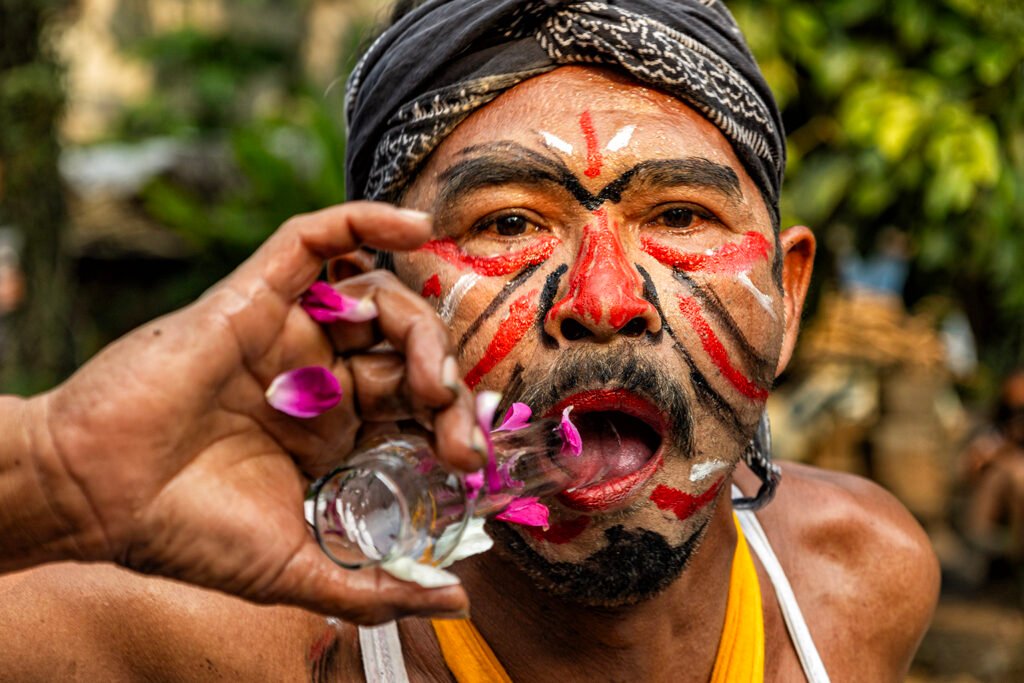

Here are some rituals that usually accompany a jatilan performance:
Opening (Preparation and Cleaning)
- Before the performance begins, preparations are made involving prayers for safety and smoothness. Usually done by elders or local traditional leaders.
- A small altar is prepared and decorated with offerings such as flowers, incense, frankincense, and joss sticks to invite ancestral spirits or supernatural entities who are believed to guard and bless the performance.
Kuda Kepang Ritual
- Before the dancers start dancing, the kuda kepang or kuda lumping that will be used is purified with a certain ritual. This can involve sprinkling holy water or giving incense.
- Kuda lumping is considered to have magical powers that will be activated through this ritual.
Trance Dancers Procession
- One of the most interesting and magical parts of jatilan is when the dancers enter a trance state. Usually, the dancers will perform unusual movements, such as biting glass, eating flowers, or walking on hot coals without getting hurt.
- In a trance state, the dancers are believed to be possessed by ancestral spirits or supernatural powers. This ritual is supervised by a traditional leader or shaman who is ready to help the dancers get out of the trance state if needed.
Gamelan Music Accompaniment
- The gamelan music played by traditional music groups not only functions as dance accompaniment, but is also considered to have magical powers that help guide the dancers into a trance state.
- The sound of gongs, drums, and other gamelan instruments provides a mystical and magical atmosphere during the performance.
Closing (Prayer and Cleansing)
- After the performance is over, a closing prayer is held to thank the ancestral spirits and supernatural entities who have blessed and maintained safety during the performance.
- Cleansing is performed on the properties used, including the hobby horse, to return them to their normal condition and ensure that no negative energy remains.
